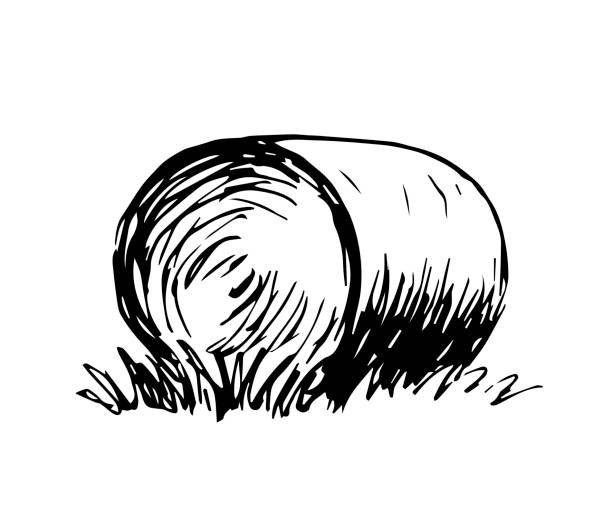As the snow begins to fade and cabin fever sets in, my gaze shifts from the mountains to my garden. Here are a few tips for what to do – and what not to worry about.
- As a general rule, greens (spinach, lettuce, chard, kale, cilantro) and root crops (carrots, beets, parsnips) should be sown directly in the soil.
- Eggplant can be sown indoors between March 1–15; it needs a long time to get started. Harden off and transplant outside around May 15 (with the protection of a row cover until about June 1).
- Melons, cucumbers, pumpkins and squash can be started indoors between May 1–15, and transplanted outside two weeks later. This little bit of time makes them less vulnerable to cold and gives them a running start, ensuring a riper harvest before the frost in the fall.
- Everyone wants to start tomatoes early. Don’t. Big leggy plants are hard to manage and don’t always produce as much. Try planting later, around April 1, and then hardening off and transplanting around May 15 (with protection until the weather warms).
- When transplanting, never grab the tender stem of the seedling. Pry the soil out of the container with a screwdriver or long weeding tool. Gently lay the seedling in the soil and press down around the base.
- Master Gardener Susan Mulvihill has useful planting guides on her website at Susansinthegarden.com that include seed-starting and vegetable-planting charts.
- The Spokane Master Gardeners offer a variety of how-to classes (check their website mastergardener.wsu.edu for details). Click on the 2016 Spring Class Series link to be taken to the list of classes. There are four classes this month, two on March 5 and two on March 19. // (Crystal Atamian)













